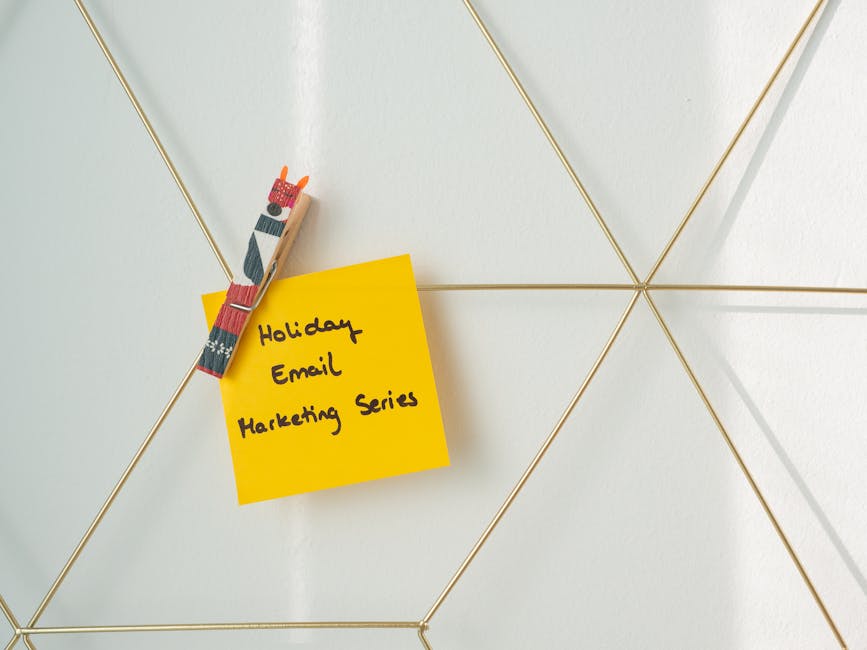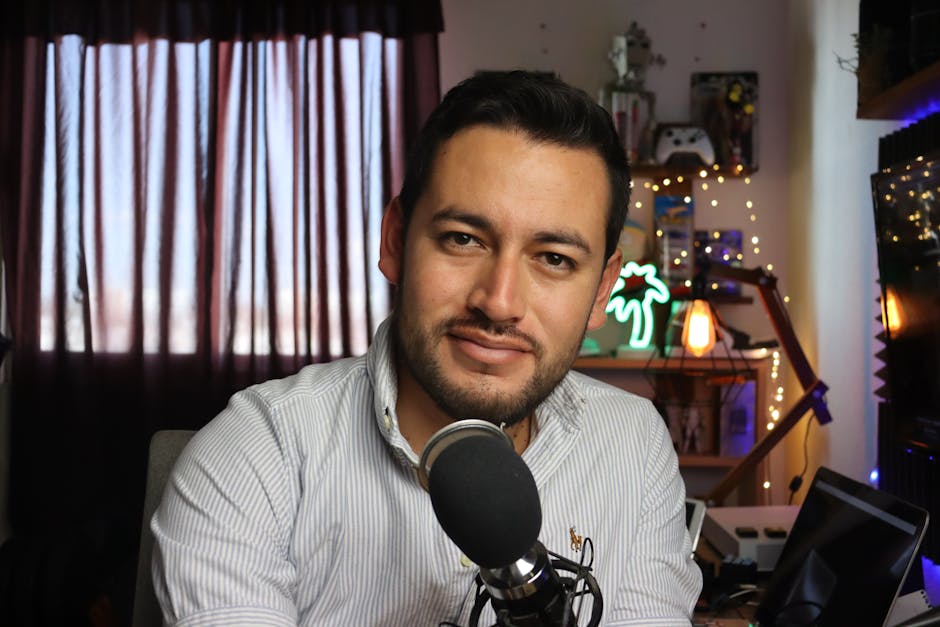How I Use Email Marketing to Nurture My Podcast Listeners.
How I Use Email Marketing to Nurture My Podcast Listeners
For many podcasters, the microphone feels like the primary connection to our audience. We spend hours crafting content, perfecting our audio, and dreaming of new listeners discovering our show. But what happens after they hit ‘play’? How do we keep them engaged, transform them from casual listeners into dedicated fans, and truly build a community around our audio content? For me, the answer is unequivocally clear: email marketing. It’s not just an add-on; it’s the secret sauce that has allowed me to deepen relationships, drive consistent engagement, and ultimately, grow my podcast in ways that simply relying on episode drops or social media never could.
In a world saturated with content and fleeting attention spans, having a direct line to your audience is invaluable. My email list isn’t just a collection of addresses; it’s a vibrant community of my most engaged listeners. They’ve opted in, giving me permission to land directly in their inbox, bypassing algorithms and noise. This is where the real nurturing happens, where I can extend the conversation beyond the episode, share exclusive insights, and solidify their connection to my show. Let me walk you through exactly how I leverage email marketing to nurture my podcast listeners, turning passive consumption into active participation.
Beyond the Mic: Why My Email List is My Podcast’s Lifeline
Before diving into the ‘how,’ it’s crucial to understand the ‘why.’ Why do I invest so much time and effort into email marketing when my primary output is audio? The truth is, relying solely on podcast platforms or social media is like building your house on rented land. Podcast platforms control discoverability and listener data, while social media algorithms dictate who sees your content, often leading to dwindling organic reach. My email list, however, is *mine*. It’s a direct, unfiltered channel to my audience, free from the whims of external platforms.
This direct line allows me to cultivate a deeper relationship with my listeners. It’s not just about pushing out new episodes; it’s about creating a two-way street. I can share personal anecdotes, ask for feedback, and even involve them in future episode planning. This direct access fosters a sense of belonging and loyalty that is difficult to achieve through other channels. It allows me to nurture a true community, ensuring that even if a listener misses an episode or takes a break, they remain connected to the show and its mission. It’s the ultimate antidote to the ephemeral nature of digital content, providing a stable foundation for long-term podcast growth and listener retention.
Building a Direct Connection, Uninterrupted
Think about it: when someone subscribes to my email list, they’re giving me explicit permission to communicate with them. This is a powerful signal of interest and commitment. Unlike social media, where a post might be seen by a fraction of your followers, an email lands directly in their inbox. While open rates aren’t 100%, the potential for direct engagement is significantly higher. I use this direct connection to provide value that complements my podcast, extending the listener experience beyond the episode itself. This strategy has proven invaluable in maintaining a consistent relationship with my audience, ensuring they always feel connected and valued.
My Blueprint for Welcoming New Listeners to the Fold
The journey of nurturing begins the moment someone expresses interest. For me, this means getting them onto my email list. I’ve developed a clear blueprint for welcoming new listeners, ensuring their first interactions with my email content are engaging and set the stage for a long-term relationship.
My primary method for list building involves strategic calls to action (CTAs) both within my podcast episodes and on my website. In every episode, I make it a point to mention a valuable resource or exclusive content that listeners can access by signing up for my newsletter. This isn’t just a generic “sign up”; it’s a specific invitation to unlock something extra – perhaps a bonus episode, a downloadable guide related to a recent topic, or a curated list of resources. On my website, I have prominent sign-up forms, often linked to a lead magnet that directly enhances the podcast listening experience. Once they sign up, they enter my automated welcome sequence, which is designed to introduce them to the full scope of my podcast and its community.
Crafting the First Impression: My Welcome Sequence Strategy
My welcome sequence is a critical component of my nurturing strategy. It’s not just one email; it’s a series of 3-4 emails sent over the first week or two after signup. Each email has a specific purpose:
- The Immediate “Thank You” & What to Expect: Sent within minutes of signing up. This email thanks them, confirms their subscription, and briefly outlines what kind of content they’ll receive and how often. I also include links to my most popular episodes or a curated “start here” playlist.
- Behind the Scenes & My “Why”: Sent 2-3 days later. This email offers a more personal touch. I share a bit about my journey, why I started the podcast, and what I hope listeners gain from it. This helps build a personal connection and shows the human behind the mic.
- Unlocking Value & Engagement: Sent 4-5 days later. This email highlights specific benefits of being on the list – perhaps an exclusive tip, a sneak peek at an upcoming episode, or a prompt to reply with their biggest podcast-related question. The goal here is to encourage interaction and show them the value of staying subscribed.
- A Gentle Reminder & Next Steps: Sent about a week later. This email serves as a soft reminder of the podcast’s core themes and encourages them to listen to the latest episode, perhaps linking to the show notes page.
This sequence is designed to gradually onboard new listeners, making them feel seen, valued, and excited to be part of the community.
Crafting Engaging Content: What I Send Between Episodes
My email strategy goes far beyond simply announcing new episodes. While new episode alerts are part of it, the real nurturing happens in the value I provide in between. My goal is to make every email a worthwhile read, ensuring subscribers look forward to hearing from me.
I focus on delivering content that complements, expands upon, or offers a fresh perspective on what I discuss in my podcast. This includes:
- Episode Deep Dives & Behind-the-Scenes: Sometimes, an episode sparks a deeper thought or a tangent I couldn’t fully explore on air. My emails are the perfect place for these “director’s cut” insights. I also share brief anecdotes about the recording process, challenges, or funny moments that didn’t make the final cut.
- Curated Resources & Further Reading: If an episode references books, articles, tools, or other podcasts, I compile these into an easily digestible list in an email. This adds immense value, saving listeners time and positioning me as a helpful curator.
- Listener Q&A & Polls: I frequently ask my audience to submit questions related to recent topics or upcoming themes. I then answer a few of these directly in an email or use polls to gather opinions on future episode topics. This makes listeners feel heard and actively involved in the show’s direction.
- Exclusive Content & Early Access: Occasionally, I’ll record short audio clips that are *only* for my email subscribers – maybe a quick




Post Comment